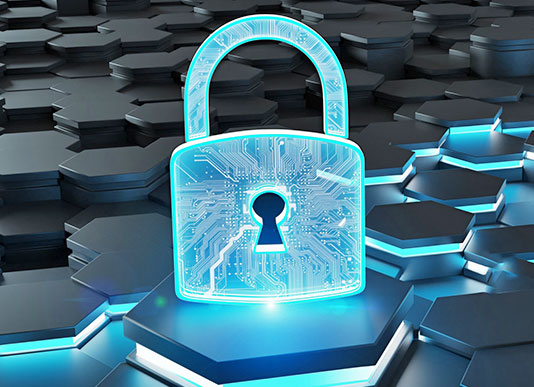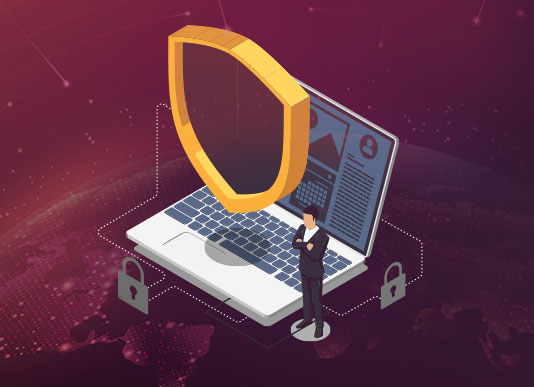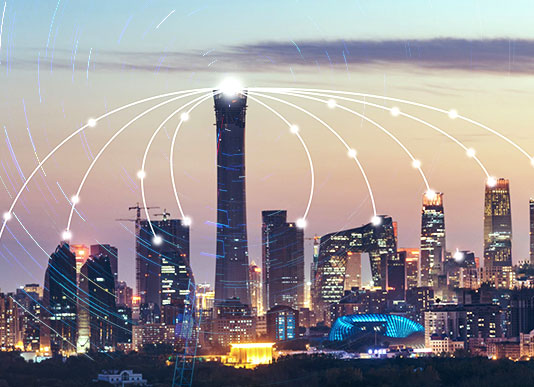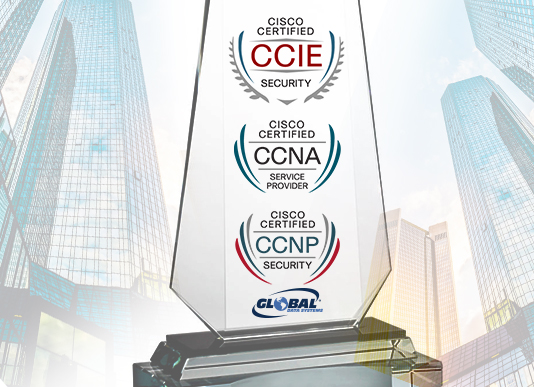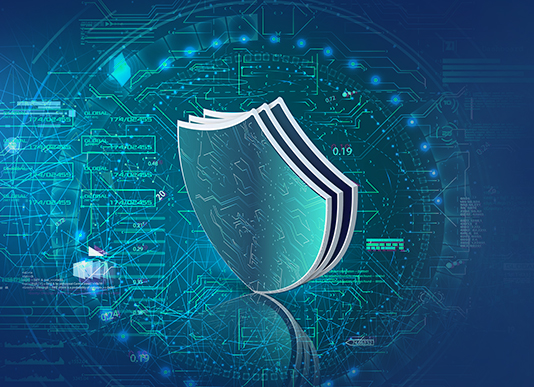Organizations are right to be concerned about shadowy hacker groups infiltrating their IT systems. According to Verizon’s 2020 Data Breach Investigations Report, 70 percent of security breaches can be traced to malicious external actors. Organized criminal groups were behind 55 percent of breaches, and 86 percent of breaches were financially motivated.
If 2020 has taught us anything, it’s that IT strategies need to stay flexible. Experts had been saying for years that we were overdue for a pandemic, but no one anticipated that we’d need to retool our operations overnight due to lockdowns and social distancing requirements. Many scheduled projects and initiatives had to be put on hold so that IT staff could focus on enabling remote access.
Sadly, it was bound to happen. A woman in Düsseldorf, Germany, has died as a result of a ransomware attack. The 78-year-old victim was to receive critical care at Düsseldorf University Hospital, but the attack had disabled the hospital’s systems. The hospital was forced to reroute her to another facility 19 miles away, delaying her health care by an hour. It is the first known fatality linked to cybercrime.
The sudden shift to remote work models has revealed weaknesses in many corporate networks. In an IDC study of enterprise networking decision-makers conducted in May and June of 2020, 84 percent of respondents said employees are unable to access applications at least weekly due to network connectivity issues. More than half (51 percent) said employees cannot access applications multiple times a week, with 11 percent reporting that this problem occurs daily.
The COVID-19 pandemic has been especially hard on the nation’s seniors. Because of the risk the coronavirus poses to older folks with health problems, many seniors have had to remain isolated from family and friends. Nursing homes, retirement communities and other facilities providing long-term care have been forced to strictly limit visits from outsiders to reduce the risk of spreading the disease.
Many people equate cybersecurity with firewalls, intrusion prevention systems and other tools that are used to protect the IT environment. But technology alone can’t prevent a security breach. On the contrary, people are the most important element in any cybersecurity program.
Data encryption has become the primary means of maintaining the privacy of Internet communications. According to data released in April 2020 by Statistica, 63 percent of organizations use the Transport Layer Security (TLS) and Secure Socket Layer (SSL) cryptographic protocols extensively. Another 23 percent use them partially.
Although software-defined WAN (SD-WAN) adoption has slowed somewhat due to current economic conditions, a new report from Dell’Oro Group predicts that uptake of the technology will quickly rebound. The research firm projects that SD-WAN sales will increase 168 percent through 2024 to exceed $3.2 billion.
This isn’t the typical hurricane season. Organizations that are already grappling with the sudden transition to remote work strategies now have the added worry that a tropical storm could put even more pressure on their operations.
Given the economic uncertainty caused by the COVID-19 pandemic, many organizations are scrutinizing expenses to keep a lid on costs. However, one area of potentially significant savings is often ignored or overlooked — the telecom bill.
Data backup is arguably the most critical function in IT. If you can’t recover your data when systems crash, malware strikes or disaster occurs, your business may not recover, either.
The cybersecurity skills gap continues to plague organizations of all sizes. According to ISACA’s State of Cybersecurity 2020 Part 1 report, 62 percent of organizations say their cybersecurity team is understaffed, and 57 percent say they have unfilled cybersecurity positions. There doesn’t seem to be much hope for relieving this shortage - 70 percent say that more than half of applicants for cybersecurity positions lack needed qualifications.
We all know how important it is to start any significant effort on the right foot. This is particularly true for projects in which, as is often the case, either the project manager or the customer liaison (who I will refer to as the “customer”) are not the same people who negotiated and signed the contract. The very beginning of the project is the time for both parties to review the project documents together, make sure they both agree on what is to be done, and uncover and resolve any undocumented expectations that either party has.
The COVID-19 pandemic is affecting recent merger and acquisition (M&A) activity, but in ways you might not expect. Yes, the number of merger and acquisition deals is expected to decrease due to stock volatility and increased business risk. However, savvy dealmakers can often find merger and acquisition targets at lower premiums during an economic downturn. M&A deals can also provide opportunities for growth when revenue streams are uncertain, and the cost efficiencies that come with consolidation and economies of scale.
The customer often does not understand the interrelationship between a project’s budget, time, and scope. Early in the life of a project, a good project manager should discuss this relationship with the customer, and ensure that everyone understands how attempts to adjust one or two of these automatically adjusts the third.
The healthcare industry is rapidly expanding its deployment of Internet of Things (IoT) applications. According to a new report from MarketsandMarkets, healthcare organizations are using the IoT to streamline clinical operations, manage workflows and enhance patient care. Major IoT applications in connected healthcare include remote patient monitoring, medication management and medical asset tracking.
Ransomware, phishing scams, malicious email attachments, hacker attacks — the list of potential cybersecurity threats just continues to grow. Most experts agree that it’s a matter of when, not if, an organization will be the target of a cyberattack.
Given the strategic importance of IT in business operations, you’d think that organizations would focus their IT budgets on initiatives to increase productivity, enhance customer service or gain competitive advantages. However, the latest research from SMB Group finds that support is the No. 1 reason why midsize organizations hire IT staff. Despite the difficulty finding skilled technical personnel, 55 percent of midsize organizations dedicate their in-house IT staff to support roles.
Email attacks remain one of the most significant security threats organizations face today. With hundreds of billions of emails sent and received daily, hackers have a massive attack surface to exploit. Organizations must take steps to secure access to email systems and to prevent the spread of malicious content and attachments.
Most IT teams have their hands full responding to user support requests, making sure backups run, patching servers, and handling a host of other operational tasks. It’s difficult to find the time to sit down and develop an overarching cybersecurity strategy.
Businesses that sell to consumers are rightfully concerned about delivering a high-quality customer experience (CX). In a recent survey of 2,000 consumers conducted by 3Gem Research and Insights, almost 90 percent of respondents said they would remain loyal to a company following a positive customer experience, while almost 75 percent said they would take their business elsewhere after a single negative experience.
As our healthcare heroes work around the clock during the COVID-19 pandemic, the IT systems that support them are also being put to the test. Healthcare organizations are expanding their networks to support additional clinics, labs and testing facilities. More medical devices are connecting to the network, as well as the smartphones, tablets and wearables of clinicians, staff and patients. Employees who can work from home are connecting to systems remotely.
Only the very largest organizations have a fully staffed, around-the-clock security operations center. In most firms, the IT team works during business hours, with an on-call rotation to handle after-hours support requests. If there are IT personnel working nights and weekends, they’re likely short-handed. If a cyberattack occurs, they’re going to have a hard time responding quickly to mitigate the threat.
Problems or issues with projects often result when the customer and the project manager are not on the same page regarding how the project will work. The longer this misunderstanding exists, the higher the risk of project failure. A good project manager should address these issues very early in the life of the project, putting the project manager and the customer on the same page from the beginning.
Software-defined WAN (SD-WAN) technology has revolutionized connectivity for branch offices. In the past, interconnecting remote locations meant provisioning telco circuits and implementing and managing networking gear and security appliances. Organizations had to weigh whether it was worth all that cost and complexity to provide secure connectivity for a relatively small number of employees.
Like young children a few minutes into a car trip, many of us are already wondering, “Are we there yet?” We’re not, of course. Experts say it will be weeks before businesses can start allowing employees back into the office. Even after being given the “all clear” by state and local authorities, some employees will want to continue to work from home.


